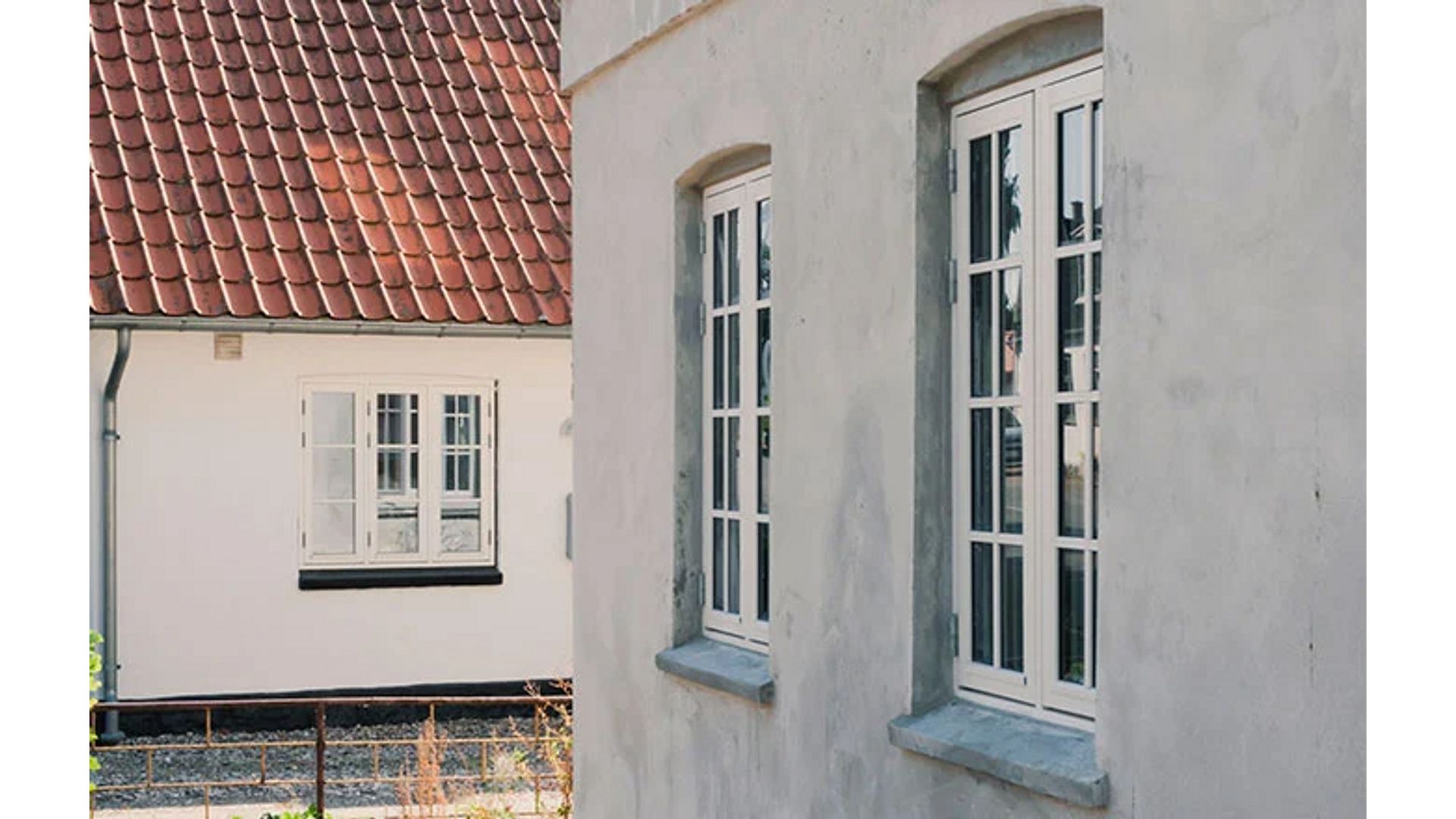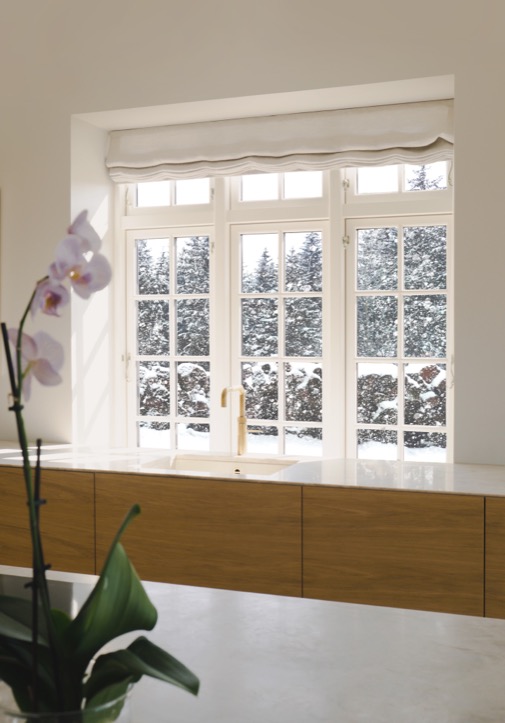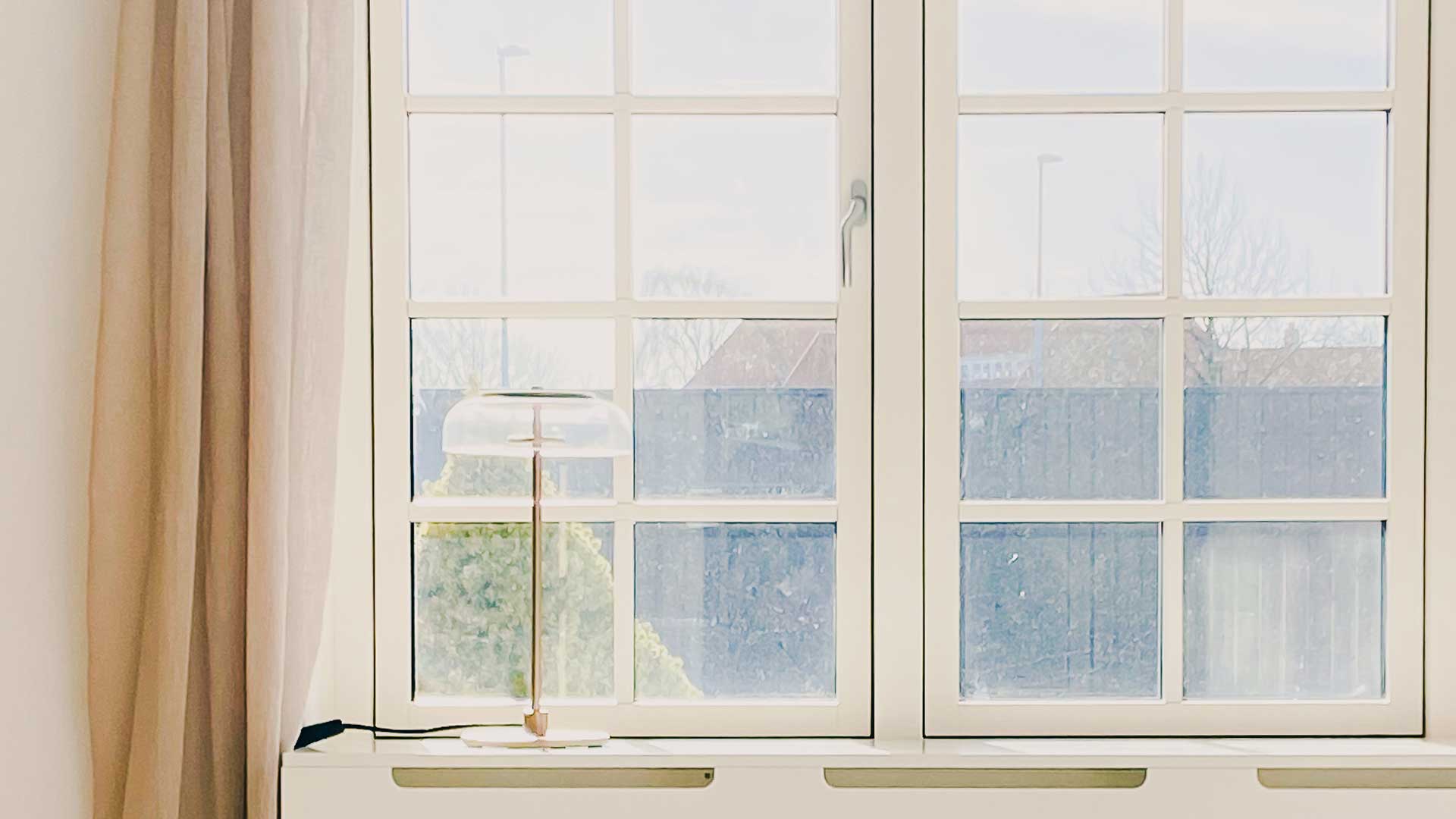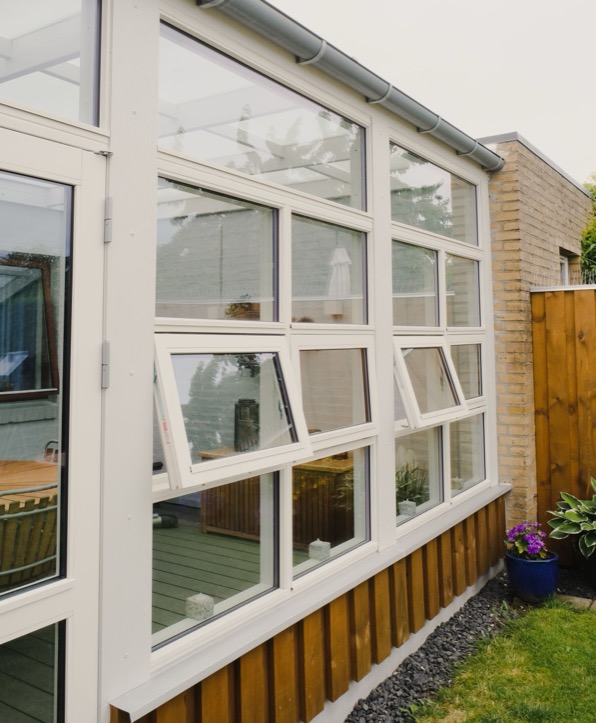
Triple-Glazing vs. Double-Glazing
Table of content

One of the most important questions to answer when it comes to choosing new windows for your home may well be what level of glazing to invest in. With triple-glazing now accounting for over 80% of all windows sold in Europe, you will want to be sure you understand the cost-benefit analysis of triple- vs. double-glazing.
Building Basics
Before we go any further, let’s review the difference between triple- and double-glazed window construction:
Double-glazed (2 layers) windows and doors function by trapping a layer of gas between two panes of glass.
Triple-glazed (3 layers) products feature a third sheet of glass in the middle that acts as an additional barrier.
What Matters Most
As you can see below, each type of window has its own distinct advantages. It comes down to which benefits you prioritise as a homeowner.
| Double-Glazing | Triple-Glazing |
|---|---|
| Less expensive | Lower U-values = Greater thermal insulation |
| Lighter weight | More consistent internal home temperature |
| Can achieve A+ BFRC ratings (but won't necessarily) | Lower energy bills |
| Reduced environmental impact in production | Less energy lost = reduced carbon footprint |
| Almost equal soundproofing ability | Added layer of home security |
| Greater solar gain allowed | Greater ability to minimise condensation |
Thermal Advantages
The thermal performance of windows is measured in U-values – an indicator of heat loss, where lower numbers indicate superior thermal insulation.
Typically, modern double-glazed units can achieve U-values around 1.3-1.5 W/m2K. Old-fashioned double-glazed products, on the other hand, offer U-values closer to 3.0 W/m2K.
Triple-glazed windows tend to score a U-value closer to 0.8 W/m2K. If your key goal is to create a high-performance structural shell – particularly if you’re building a Passivhaus – triple-glazed units are a smart choice. Klar triple-glazed windows offer excellent thermal performance, capable of achieving U-values as low as 0.7 W/m2K – among the lowest levels on the market.
Comfortable living environment
The greater thermal insulation properties of triple-glazed windows can also help facilitate a more consistent internal temperature throughout the home.
Even though modern windows can deliver excellent thermal performance, they can’t match the level of thermal efficiency provided by solid, well-insulated walls. The fluctuations in heat loss across solid walls and areas of glass are significantly cut down when you install triple-glazing. Ultimately, you’re eliminating cold, draughty spots and establishing a more comfortable living environment as a result.
Long-Term Impact on Your Wallet and the Planet
The superior energy efficiency of triple-glazing will almost always result in lower monthly energy bills, which over time, can add up to marked savings in your bank account. However, with purchase costs for triple-glazing typically 10-20% more than double-glazing, it can take many years to recoup the investment. Therefore, the sooner you opt for triple-glazing, the more financial benefit you will realise.
Similarly, with installing triple-glazed windows, your home will become much more environmentally friendly, shrinking its future carbon footprint. Fabricating triple-glazed windows requires more material and higher energy costs initially, but this one-time impact will be outlasted over the long term.
Other Routes to Thermal Efficiency
There are double-glazed windows on the market that also achieve some of the highest energy ratings from the British Fenestration Rating Council (BFRC), like A+ and A++, so they can be almost as effective at minimising heat loss as triple-glazed. This is due to other factors that can influence the thermal performance of windows, of which you should also be aware.
Frame Material
High-quality wood or composite units (with wood on the inside and an aluminium face on the outside) are less conductive to heat, which means they will retain more warmth inside the home than frames made solely of aluminium or PVC. All of Klar’s timber windows are made from wood sourced from FSC-certified forests, showing an additional commitment to our planet.
Special Coatings
The inner and outer layers of Klar’s triple-glazed windows and doors feature a low-emission coating. This significantly reduces heat radiation on the surface and simultaneously reflects warmth back into the room.
Gas Fillings
Another way to boost the spec of your windows is to choose a product with an inert gas filling. Klar’s triple-glazed units feature an argon filling between each of the glass panes. Argon is heavier than air, which means that the air circulation between the panes is reduced when it is cold on one side and warm on the other.
Whole House Considerations
Whether your priority is thermal efficiency, environmental impact, cost or something else, it is wise to be well-versed in the complete list of benefits of triple-glazing, which you can find here.
There are also ways in which you can balance the pros and cons of triple-glazing vs. double-glazing. For example, consider just how much glazing your home will have. Large areas of glass are weak spots for letting warmth leak out of the thermal envelope. Installing triple-glazed windows or doors, especially in areas of floor-to-ceiling glazing, can therefore make a huge impact on the overall thermal performance of the house.
Give some thought to whether upgrades are needed in the structural fabric of the house, too. There is little point in investing in high-spec triple-glazed windows if precious heat is going to be lost anyway via a poorly insulated roof or wall. Taking a holistic approach to the build by paying attention to the entirety of the structural shell (rather than just the windows) will yield the best results.
Mix and Match
You may also be able to incorporate different types of glazing in various areas of your house, capitalising on the advantages of each. For instance, on the sunny southern elevation of your house, you might choose to incorporate double-glazing to maximise solar gain. On the cooler, northern side of the property, you could opt for triple-glazing to keep the heat in more efficiently.
If you are still in doubt about whether triple-glazing is worth it for your home, be sure to read Klar’s discussion of this very topic.
FAQs
Is triple-glazing better than double-glazing?
Triple-glazing has certain advantages over double-glazing, especially when it comes to thermal efficiency. Triple-glazed windows are also more secure and minimise the chance for condensation to form. Double-glazed windows offer other benefits, such as a lower purchase price and a lighter product.
What are the disadvantages of triple-glazing?
The disadvantages to triple-glazing are the increased cost, heavier product, higher production impact, potential noise pollution and decreased solar gain. Some of these can be counteracted, however, with different glass types or coatings.
Is it worth getting triple-glazing?
This is a topic of much debate, as the cost of triple-glazed windows is generally estimated at 10-20% more than double-glazed. However, the bump in energy efficiency is approximately 20-30%, and the more windows being installed, the greater the eventual benefit.
FAQs
Is triple-glazing better than double-glazing?
Triple-glazing has certain advantages over double-glazing, especially when it comes to thermal efficiency. Triple-glazed windows are also more secure and minimise the chance for condensation to form. Double-glazed windows offer other benefits, such as a lower purchase price and a lighter product.
What are the disadvantages of triple-glazing?
The disadvantages to triple-glazing are the increased cost, heavier product, higher production impact, potential noise pollution and decreased solar gain. Some of these can be counteracted, however, with different glass types or coatings.
Is it worth getting triple-glazing?
This is a topic of much debate, as the cost of triple-glazed windows is generally estimated at 10-20% more than double-glazed. However, the bump in energy efficiency is approximately 20-30%, and the more windows being installed, the greater the eventual benefit.
Is it worth getting triple-glazing?
This is a topic of much debate, as the cost of triple-glazed windows is generally estimated at 10-20% more than double-glazed. However, the bump in energy efficiency is approximately 20-30%, and the more windows being installed, the greater the eventual benefit.




